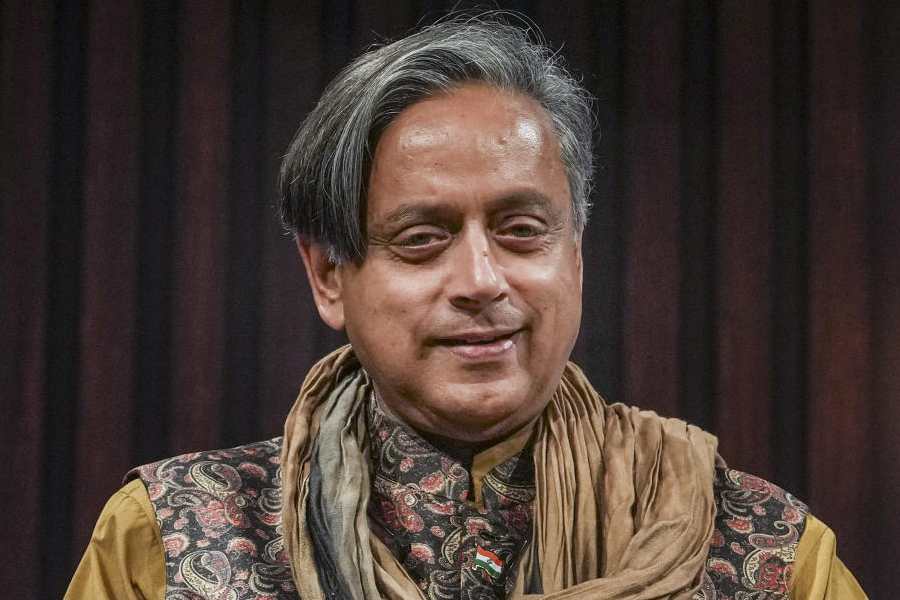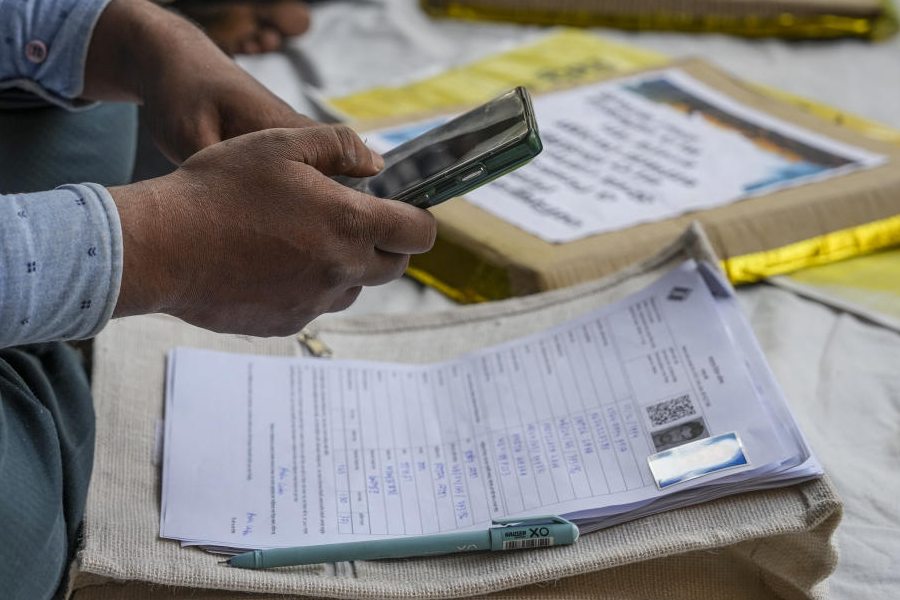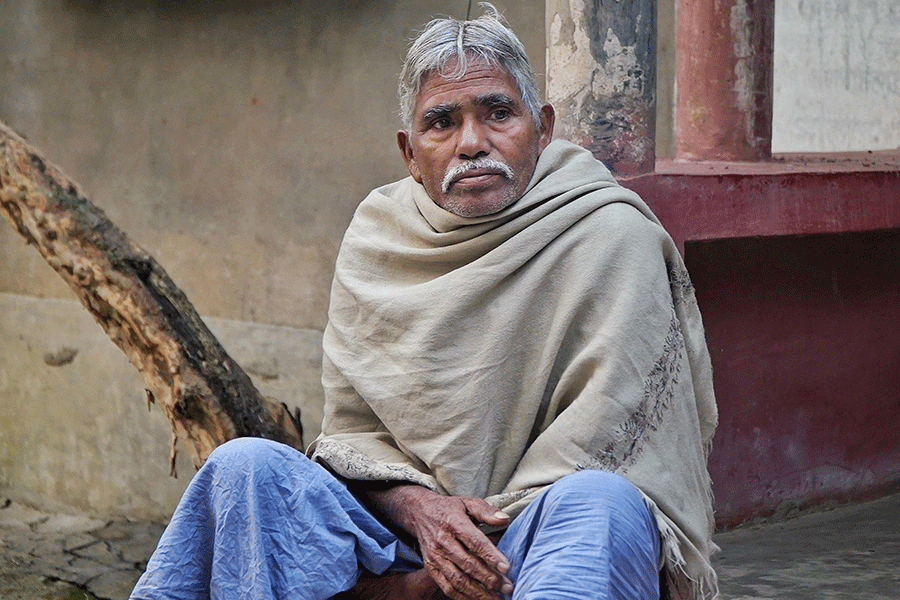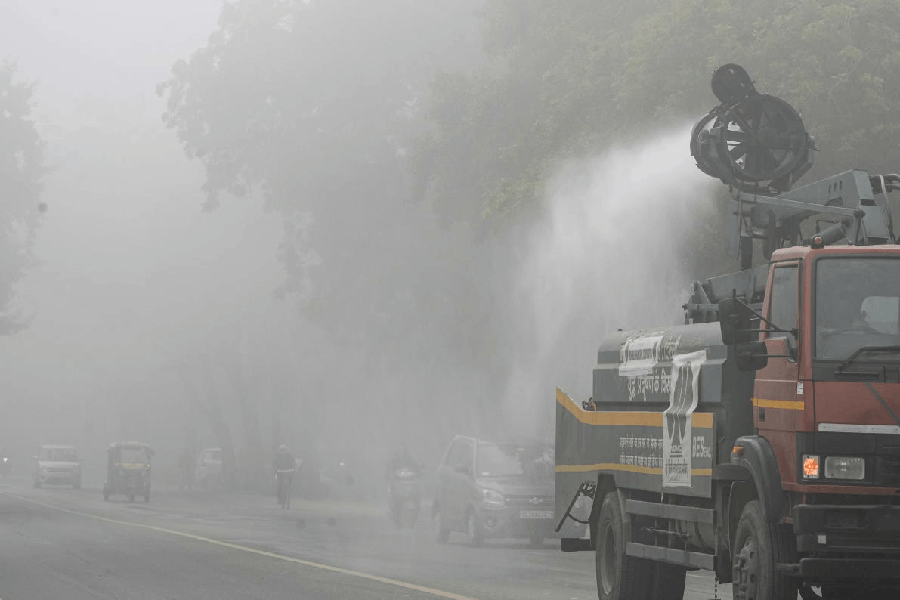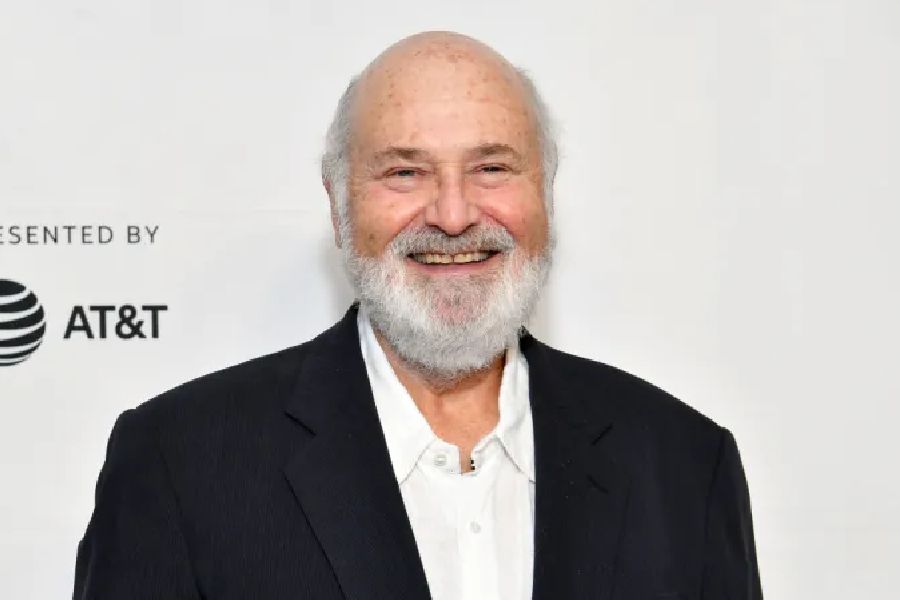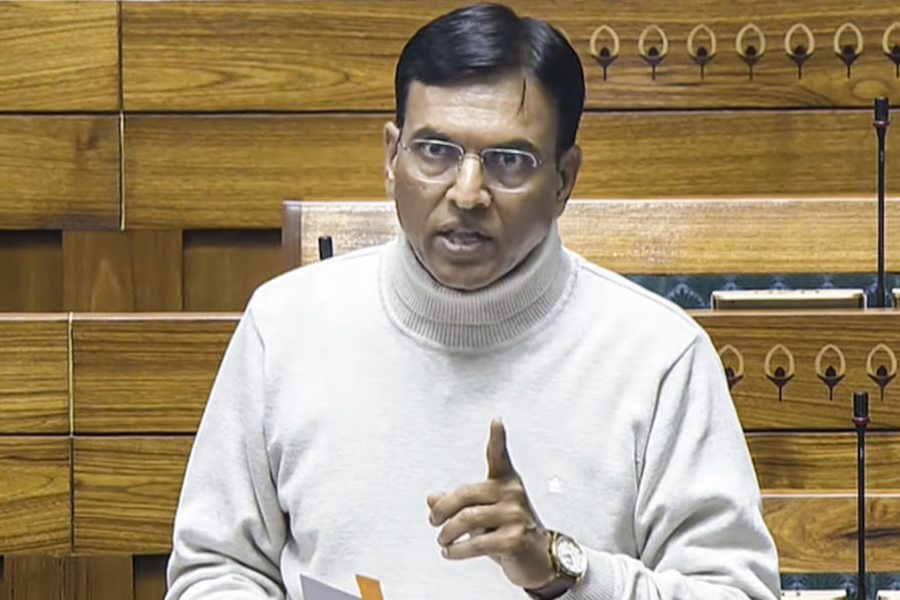|
|
You simply cannot kiss this obscenity debate goodbye! If a couple, married or otherwise, dares to lock lips in public in our country, self-proclaimed guardians of public morality are immediately up in arms over their alleged act of “obscenity”. A recent Delhi High Court judgement, dismissing obscenity charges against a young, married couple caught kissing in public, seems to have turned the spotlight on this debate once again.
In his interim order, Justice S. Muralidhar observed, “It is inconceivable how... the expression of love by a young married couple would attract the offence of obscenity and trigger the coercive process of law.”
Obscenity laws in our country are dealt with in the India Penal Code (IPC) of 1860. Sections 292-294 of the IPC primarily prohibit and punish the sale of obscene books and other published material. Section 292, which was amended in 1969, stipulates that “a book, pamphlet, paper, writing, drawing, painting, representation, figure or any other object shall be deemed to be obscene if it is lascivious or appeals to the prurient interest or if its effect, ….is…to tend to deprave and corrupt persons who are likely… to read, see or bear the matter contained or embodied in it.” However, it exempts literature used for scientific or religious purposes from the ambit of the law. For example, sexually explicit condom ads or nude figures depicted on, say, the Khajuraho temples, cannot be deemed obscene.
But the really contentious part of the law is to be found in Section 294 — the section under which the Delhi couple was booked. It says that “whoever, to the annoyance of other… does any obscene act in any public place” shall be punished with imprisonment extending up to three years or with a fine or both. In other words, whether or not a particular act is obscene seems to an extent to hinge on whether or not it causes annoyance to someone else.
Lawyers admit that “annoyance” is a vague and subjective concept since what may be obscene and annoying to one may not be offensive to someone else. “Obscenity laws such as Section 294 of the IPC are rooted in the British penal code prevalent in the 19th century and terms like ‘annoyance’ need to be construed in that context,” says Subrata Talukdar, counsel, Calcutta High Court.
So are these antique obscenity laws hopelessly out of sync with modern times? Most lawyers do not think so. Says Joymalya Bagchi, criminal lawyer, Calcutta High Court, “The laws are not antiquated. But yes, their interpretation can be outmoded. If the laws are administered judiciously, there can be no cause for concern.”
Adds Samik Sen, assistant professor, media law, National University of Juridical Sciences, Calcutta, “What our courts usually take into consideration is whether an act seems offensive to reasonable, like-minded members of a community. Obviously, the sensibilities of individuals like Shri Ram Sene chief Pramod Muthalik are not to be taken as the standard.”
More importantly, Bagchi emphasises, what constitutes obscenity will depend on the specifics of an individual case at a given point of time. In 1985, the Supreme Court gave a landmark judgement in the Samaresh Bose vs Amal Mitra case (the Bengali novelist’s book Prajapati was slapped with charges of obscenity), where it observed, “The concept of obscenity is moulded to a very great extent by the social outlook of the people… It is beyond dispute that the concept of obscenity usually differs from country to country depending on the standards of morality of contemporary society in different countries.”
Moreover, lawyers point out that although the Indian Constitution (Article 19(1)a) guarantees freedom of speech and expression, there are “reasonable restrictions” on this. These include “public order” and “decency or morality”. “If an act offends any person, even if it’s something as innocuous as a couple kissing in public, he or she has the right to complain. And law enforcement agencies are bound to act on such complaints,” says Joy Sengupta, criminal lawyer, Calcutta High Court.
That India’s obscenity laws sometimes seem to be caught in a time warp is because many of them were promulgated way back in 1860. “After a century, Britain liberalised its obscenity laws. But Indian laws stuck to the moral standards prevalent in 19th century Britain. The Ranjit Udeshi legal battle in the 1960s is a case in point,” says Sen. In 1964, Mumbai bookseller Ranjit Udeshi was prosecuted under Section 292 for selling an “unexpurgated” copy of D.H. Lawrence’s Lady Chatterley’s Lover . The apex court upheld his conviction.
With the Samaresh Bose case in the 1980s, however, Indian courts apparently began to take a more liberal approach. Distinguishing between obscenity and vulgarity, the Supreme Court ruled that Bose’s literary work could not be considered obscene on any count.
“Generally speaking, existing obscenity laws in countries like the UK and the US are more liberal than their counterparts in India,” says Sen. That is probably why the public display of affection has now become par for the course in most Western countries. Sen continues, “In the US, contemporary community standards are taken into account while deciding on any case attracting obscenity charges. But our courts are increasingly adopting such standards.”
Some legal experts do feel that Indian obscenity laws need to change with the times. “Society is undergoing rapid transformation. How can we possibly counter these changes with such outdated laws? For instance, children now have free access to adult websites. There aren’t enough laws to prevent this from happening,” says Tamal Mukherjee, senior criminal lawyer, Alipore court, Calcutta. Agrees Vipul Kundalia, partner, Kundalia & Associates, a law firm based in Calcutta, “Obscenity laws have not evolved to the extent that they should have. There are no specific statutes or guidelines based on which our lawmakers can make amendments. For instance, nowhere do we get specific mention of whether or not such intimate acts as kissing constitutes obscenity.”
Indeed, the chief problem with obscenity laws is that their interpretation can become highly subjective and therefore contentious. For instance, deciding on the Neelam Mahajan vs Commission of Police case in 1996, the Supreme Court observed that any published work should be judged keeping in mind the “popular (social) permissiveness”. But who decides what the current level of permissiveness in society is? “Of course, it’s the judiciary that will decide to what extent a society can be permissive,” asserts Joymalya Bagchi.
Many would beg to differ. Ranjana Kumari, director, Centre for Social Research, Delhi, feels that determining what is or is not socially permissible should rest with members of society, rather than with the judiciary. “It’s we who have to decide to what extent we can be permissive, especially with regard to the expression of mutual love. Of course, we have to draw a limit somewhere. We can’t possibly bring our bedrooms into parks,” she says. “But certainly, our police ought to be educated. We don’t want to go by what the police think is obscene,” sums up Kumari.
For now, though, thanks to the recent Delhi High Court ruling, married couples may feel free to kiss in public. As for unmarried couples —well, maybe they just have to wait for a similar liberal judgement in their favour.



